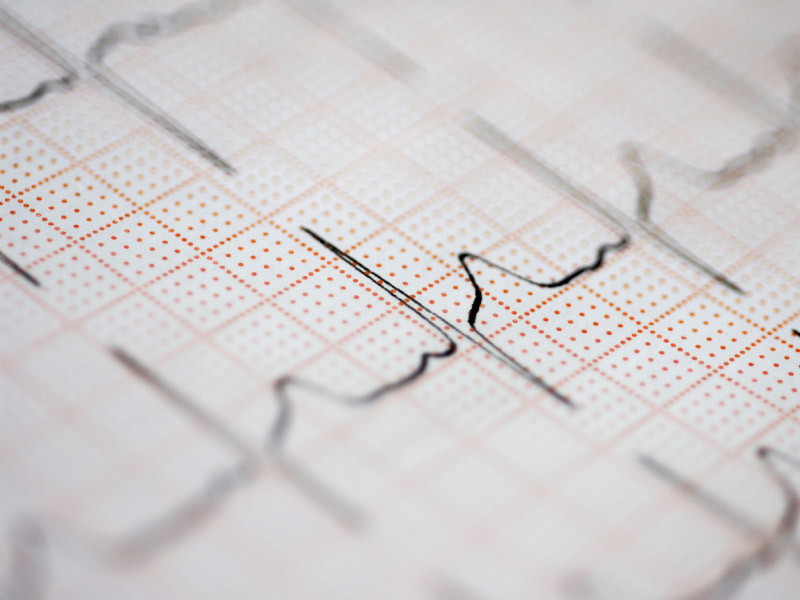Smartphone-based tool helps detect irregular heartbeat in American Indians
By American Heart Association News

A smartphone-based screening tool can accurately detect previously undiagnosed atrial fibrillation, an irregular heart rhythm that puts people at high risk for stroke, according to new research that shows it could help uncover the condition in American Indians.
The study, published Wednesday in the Journal of the American Heart Association, reported a smartphone-based electrocardiogram detected AFib in a group of American Indians, half of whom were younger than the recommended screening age of 65. The device was tested on American Indians because they are more at risk for AFib than people in other racial and ethnic groups.
"Our study shows that we have a very simple and accurate method to screen and diagnose atrial fibrillation that is easy to implement at tribal clinics," lead author Dr. Stavros Stavrakis, a cardiologist at the Heart Rhythm Institute of the University of Oklahoma Health Sciences Center, said in a news release. "This widely available, low-cost approach has real potential to improve health outcomes among American Indians."
American Indians develop cardiovascular diseases at earlier ages than the national average. More than one-third of their deaths attributed to cardiovascular disease occur before age 65, which is the recommended age to begin AFib screening according to guidelines from the U.S. Preventive Services Task Force.
American Indian adults also have higher rates of certain risk factors for atrial fibrillation – obesity, diabetes and high blood pressure. People with untreated AFib are five times more likely to have a stroke than those without it.
In this study, researchers examined the feasibility and effectiveness of EKGs using a mobile smart device paired with a tablet or smartphone. They used it to look for AFib in 1,019 American Indians, age 50 and older, at one of four tribal primary care clinics in the Absentee Shawnee Tribal Health System in Oklahoma. An EKG measures the electrical activity of the heart, which can identify an abnormal heart rate and rhythm.
Researchers then compared the EKG results of the screened participants to the results of a control group: 1,267 American Indians in the same age range receiving care at the same place during the same time frame. But this group did not receive the mobile-based EKG screening.
The mobile device detected AFib in 15 people. All but one met the criteria for starting medication and eight were under age 65. By comparison, just four people in the control group were diagnosed with AFib based on symptoms alone.
"In a targeted, high-risk population such as American Indians, our results showed screening at a younger age found many cases of atrial fibrillation that would have been missed following current age recommendations," said Stavrakis, an associate professor of medicine at the University of Oklahoma College of Medicine in Oklahoma City. "We have the potential to improve outcomes in this population by initiating early treatment."
About one-third of ischemic strokes, those triggered by blood clots, are caused by AFib. Since many people don't have symptoms and are unaware of its presence, it often goes undiagnosed. In some cases, a stroke is the first sign.
If you have questions or comments about this story, please email [email protected].





